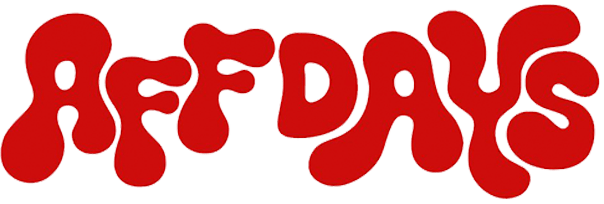Education Affiliate Programs & Networks
Education affiliate programs and networks are usually various essay writing services, language schools, academic programs, etc. One of the pleasant features of working with this niche is the relatively long customer lifecycle. One customer typically places more than one order, and the affiliate continues to work with them in the future.
-
#
Description
-
1
Offers: 700+
GEOs: any
CPA, FTD, RevShare, Hybrid, CPL, CPI, CPS, free trial
-
2
GEOs: any
CPA, CPI, CPS, CPL, Hybrid, RevShare
Ratmir started his copywriting career back in 2016. He is now editor-in-chief with an MA with Honors in Linguistics.
His primary expertise is in affiliate marketing, EdTech, education, IT, and sports.
Ratmir specializes in content marketing, content management, proofreading, and translation.




